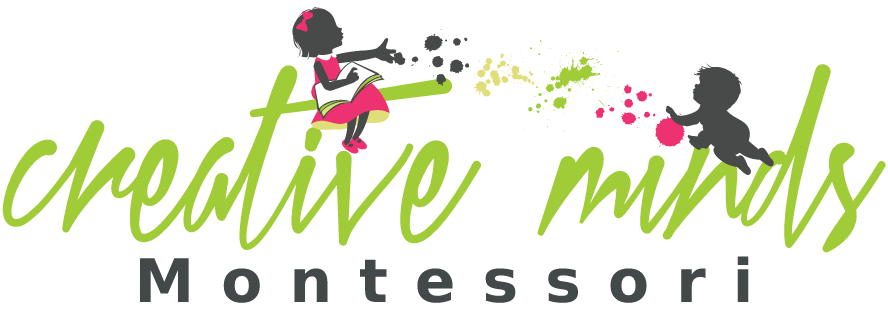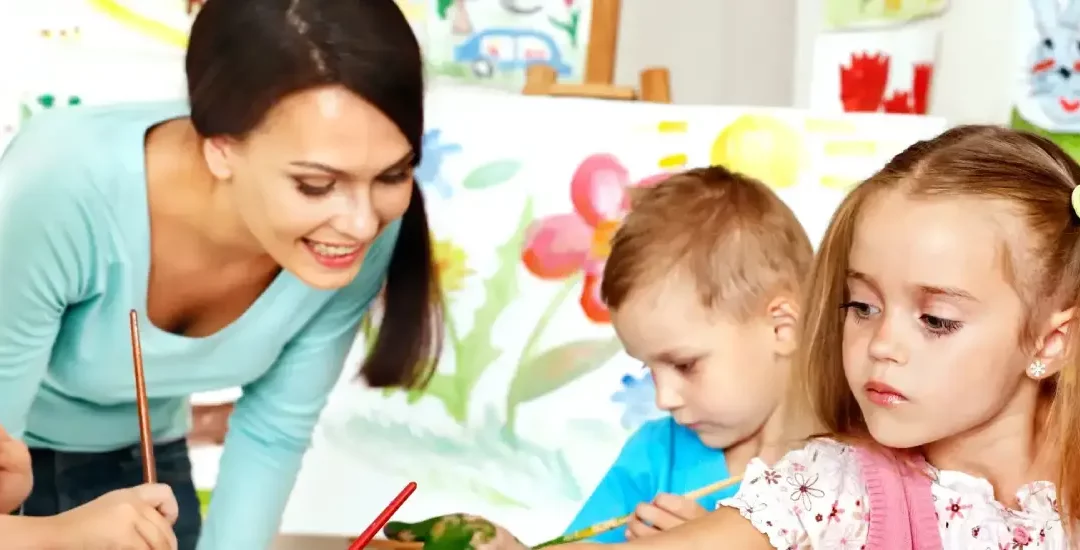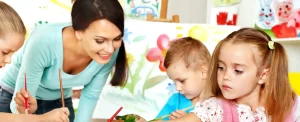As parents, we usually want to hurry our little ones to the next stage of development, however, we need to remember that most children follow the same general growth and development pattern that can’t be changed much.
Child development experts say it’s not possible to get a child to progress to a new stage of development before he or she is ready. And progress can differ by weeks or even months among children of the same age. As long as the child progresses and develops new skills as time goes on, then he or she is fine, even if he or she skips a step. For example, some children skip crawling and simply begin to walk.
It’s also important for parents to remember not to compare siblings and what they did at the same age. Children are like fingerprints—no two are the same.
The AAP offers the following developmental milestones in its guidelines for parents.
Birth to 2 months
The baby sees faces and simple geometric patterns; recognizes his mother’s voice; has strong “grasp” reflex; follows moving objects with his eyes; smiles. The social smile marks a significant connection of messages in the brain. It’s an important sign of higher mental function. It means the baby can differentiate between himself and his environment—his socialization has begun.
3 months
The infant moves her arms and legs equally well; gurgles and makes other sounds; bats and kicks at objects; learns trust.
6 months
The baby plays with his hands; reaches for objects; laughs out loud; rolls over. Children continue to master new skills that show how much the brain is developing, and the connections between the body and brain are growing. Those elements, aided by a stimulating environment, spell success.
9 months
The child turns her head at quiet sounds; can bear weight on her legs; holds bottle; experiences “separation anxiety.” This occurs when the caregiver leaves the baby momentarily. In the baby’s mind, the caregiver no longer exists. The baby cries inconsolably. Playing peek-a-boo is a good way to help your baby through this stage. She needs to learn that people and objects exist, whether she sees them or not.
12 months
The child makes “ma-ma” or “da-da” sounds; crawls; pulls himself up; walks holding on to furniture. When a baby’s muscle strength and coordination develop enough for him to move from point A to point B by walking, he’s a toddler.
18 months
The child walks across a room unassisted; says at least two words; pulls off her shoes; feeds herself and drinks from a cup. These complicated tasks require more developed eye and hand coordination.
2 to 2-1/2 years
The child says at least three words (besides “ma-ma” and “da-da”); runs without falling; begins bowel and bladder control; and becomes extremely curious. Scientists call this the mastery period. Parents call it the “terrible twos.” Wise parents put away breakables, lock cabinets and block stairways, because their child does not have enough self-discipline to resist the urge to climb, jump and explore.
Keep in mind that growing and learning are complex tasks and, while children maneuver through major physical and mental changes, many hit rough spots. But obstacles are usually temporary. With patience, parents can manage successfully as their youngster develops into a strong, healthy young adults.



